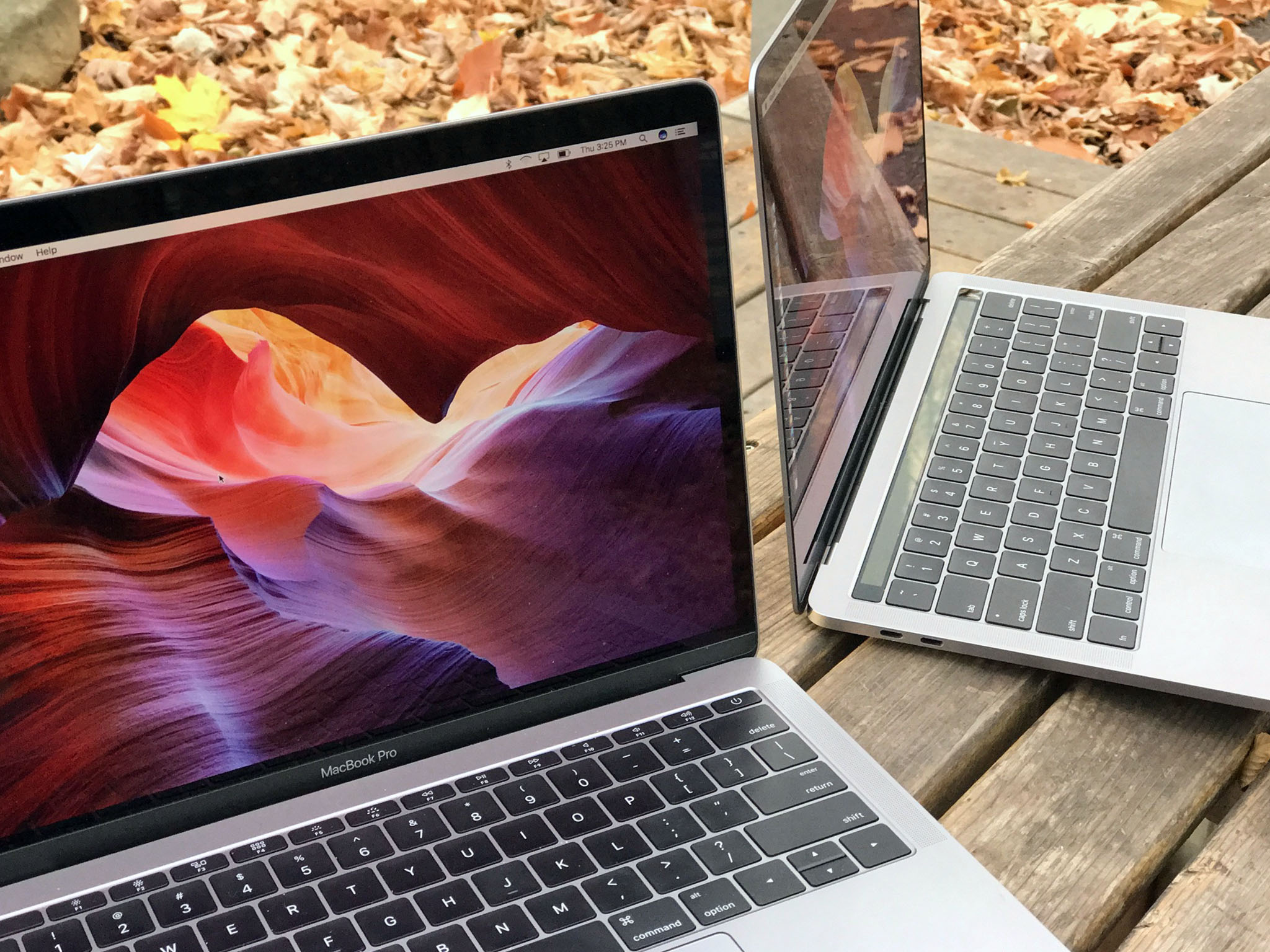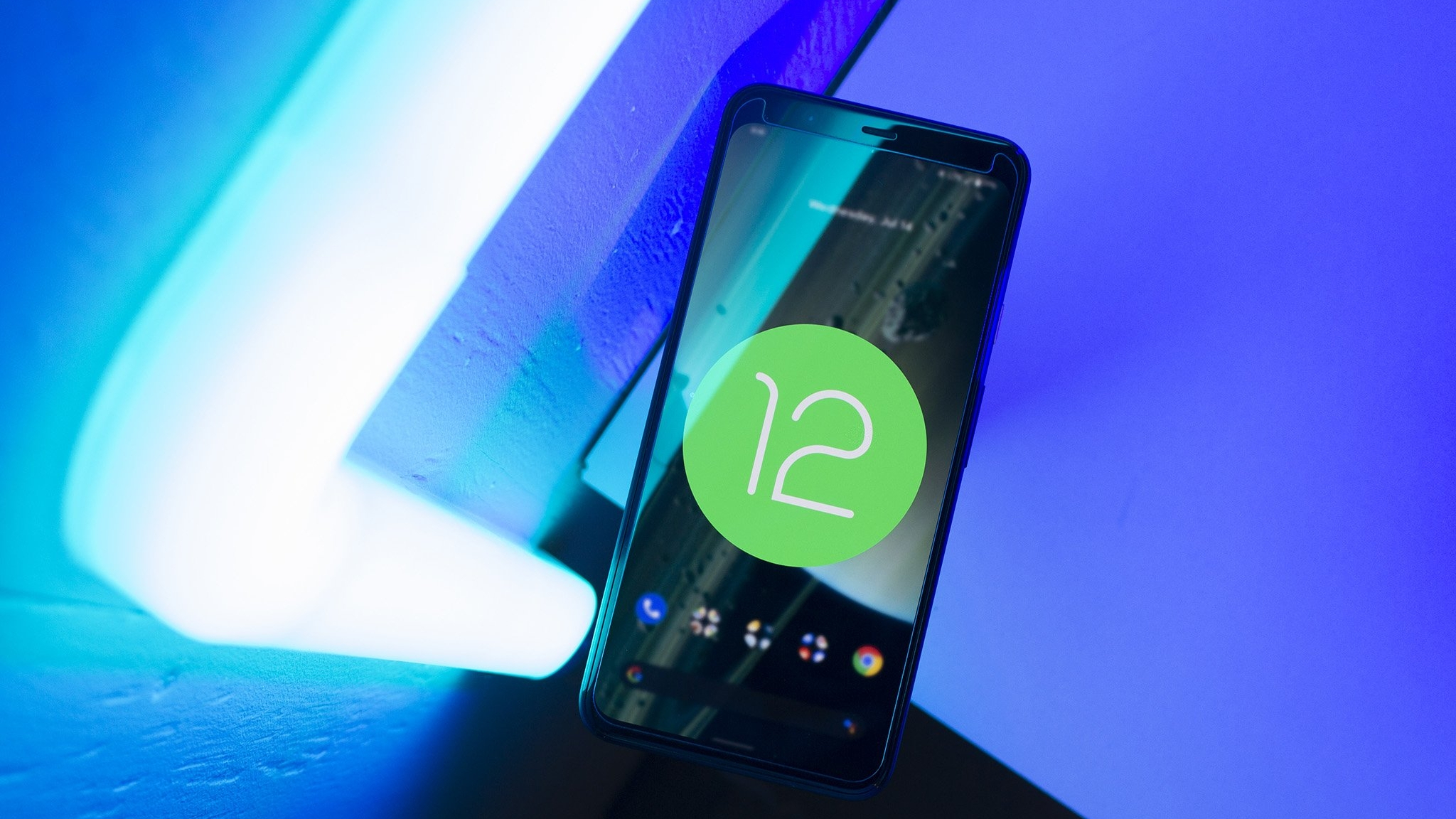Just get a new MacBook Pro? Now is the perfect time to move to Android

Apple's new MacBook Pro was met with the same controversy that many new products garner. You can't please everyone, and there will always be a change or an omission that gets some folks riled up. We all do it, all the time, and this time was no exception. We're not pointing any fingers.
Ignoring all the hubbub for a moment, the new MacBook Pro is probably a great computer for any professional on the go who doesn't need extreme 32-bit single-precision floating point format performance, which requires a very expensive and power hungry graphics system. And since most of us don't have a Quadro P6000 in the computer on our desks at work, this means us. (And if you have a Quadro P6000 installed inside your desktop computer, I am so jealous.) It also looks great for folks who just want a high-end laptop to work on Excel sheets or look at Facebook and want to use macOS instead of Windows or Chrome. Rene has a really well-written and rational review at iMore that you should read if you haven't.
More: MacBook Pro (2016) review
One of the most common complaints you'll hear about the new MacBook is that folks are upset that they need so many dongles. With no SD card slot and USB-C ports, all the things you already have can't plug in without some sort of adapter. Including your iPhone. We can't fix every issue, but we know how to alleviate the problem of having one piece of gear with a standard, albeit new, port and the other having a proprietary port that's not going away anytime soon. Make the switch to Android!

The problem isn't with the MacBook Pro. Like the "regular" MacBook, it uses a standard USB Type-C port with USB 3.1 compliance and is specified for USB-PD (Power Delivery). You need to get used to that because that's where everything is going to be very shortly. And that's good. It's a better bus and interface that most things can benefit from when they use it. Even Apple, if they used it on the iPhone and iPad.
They would be able to transmit all the data they want to transfer through the external bus and would benefit from the engineering other companies have done on an open standard. But too much money has been sunk into the Lightning port already, and moving would cause a user revolt of epic proportions. You will need to use a special cable approved by Apple or a dongle of some sort to connect your iPhone to your MacBook Pro, and shortly the same thing will be said about every computer.
What to look for when buying a USB-C cable
Be an expert in 5 minutes
Get the latest news from Android Central, your trusted companion in the world of Android
The same can be said for Android phones. Last year when Microsoft, Google, OnePlus and others used a USB-C port on their phones it took courage was early in the life of the standard and the ports on the Nexus 6P or Lumia 950 or OnePlus 3 didn't support things like USB 3.1 speeds or Power Delivery, but since they used a recognized standard everything you buy today is 100% backwards compatible.
They were looking forward, and we complained about having to buy new cables the same way MacBook Pro buyers are complaining about dongles. But that's mostly done with, and USB-C to USB-C is simple and better than what we had before. Every "flagship" Android phone released from now until we get something "even better" will have a USB-C port with a bus specified for PD. Just like the MacBook Pro.
If you like the iPhone, but hate the dongles and having two expensive things that can't use the same stuff like a keyboard or webcam, know that phones like the Pixel and LG V20 are here for you. 2017's great Android phones will be, too.
And so will we.

Jerry is an amateur woodworker and struggling shade tree mechanic. There's nothing he can't take apart, but many things he can't reassemble. You'll find him writing and speaking his loud opinion on Android Central and occasionally on Threads.
